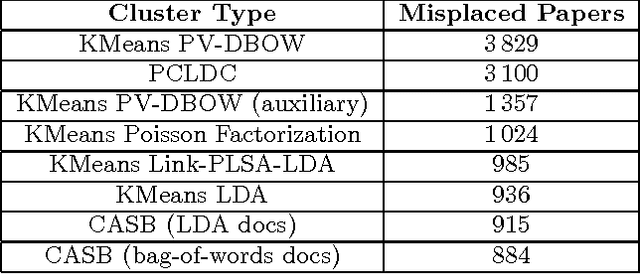J. Massey Cashore
Multi-Step Bayesian Optimization for One-Dimensional Feasibility Determination
Jul 11, 2016


Abstract:Bayesian optimization methods allocate limited sampling budgets to maximize expensive-to-evaluate functions. One-step-lookahead policies are often used, but computing optimal multi-step-lookahead policies remains a challenge. We consider a specialized Bayesian optimization problem: finding the superlevel set of an expensive one-dimensional function, with a Markov process prior. We compute the Bayes-optimal sampling policy efficiently, and characterize the suboptimality of one-step lookahead. Our numerical experiments demonstrate that the one-step lookahead policy is close to optimal in this problem, performing within 98% of optimal in the experimental settings considered.
Clustering via Content-Augmented Stochastic Blockmodels
May 25, 2015



Abstract:Much of the data being created on the web contains interactions between users and items. Stochastic blockmodels, and other methods for community detection and clustering of bipartite graphs, can infer latent user communities and latent item clusters from this interaction data. These methods, however, typically ignore the items' contents and the information they provide about item clusters, despite the tendency of items in the same latent cluster to share commonalities in content. We introduce content-augmented stochastic blockmodels (CASB), which use item content together with user-item interaction data to enhance the user communities and item clusters learned. Comparisons to several state-of-the-art benchmark methods, on datasets arising from scientists interacting with scientific articles, show that content-augmented stochastic blockmodels provide highly accurate clusters with respect to metrics representative of the underlying community structure.
 Add to Chrome
Add to Chrome Add to Firefox
Add to Firefox Add to Edge
Add to Edge